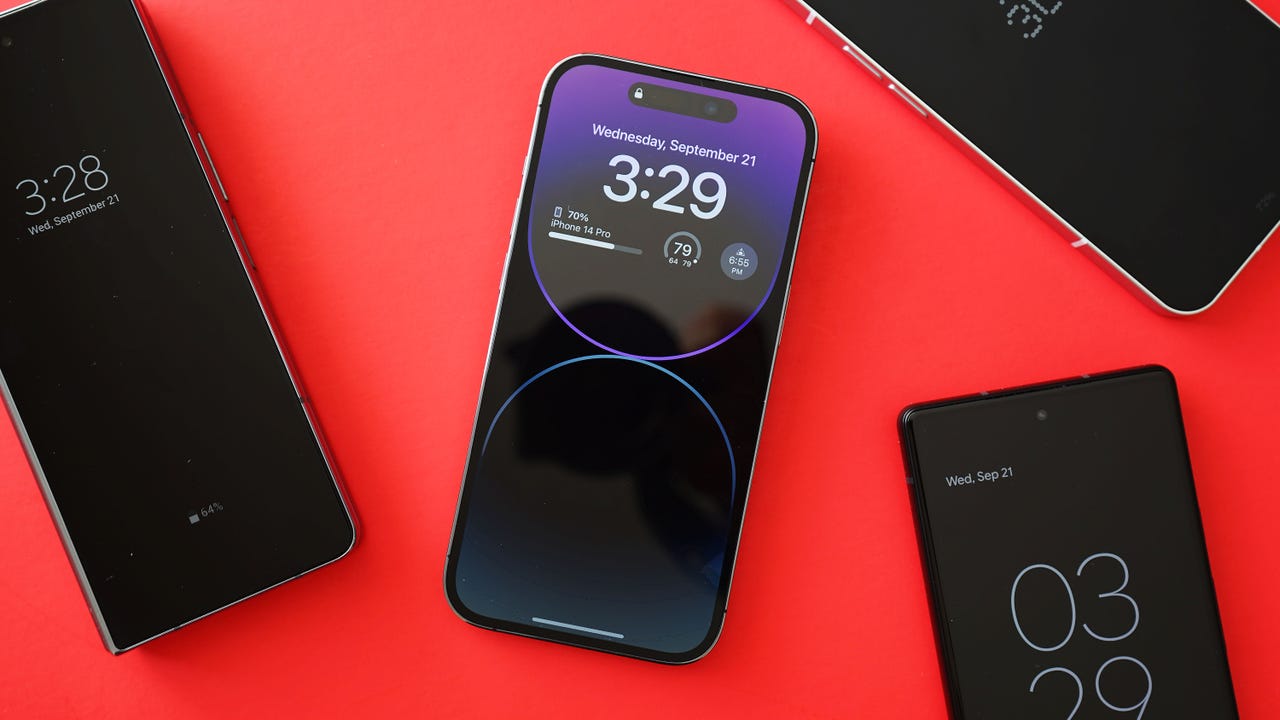'ZDNET Recommends': What exactly does it mean?
ZDNET's recommendations are based on many hours of testing, research, and comparison shopping. We gather data from the best available sources, including vendor and retailer listings as well as other relevant and independent reviews sites. And we pore over customer reviews to find out what matters to real people who already own and use the products and services we’re assessing.
When you click through from our site to a retailer and buy a product or service, we may earn affiliate commissions. This helps support our work, but does not affect what we cover or how, and it does not affect the price you pay. Neither ZDNET nor the author are compensated for these independent reviews. Indeed, we follow strict guidelines that ensure our editorial content is never influenced by advertisers.
ZDNET's editorial team writes on behalf of you, our reader. Our goal is to deliver the most accurate information and the most knowledgeable advice possible in order to help you make smarter buying decisions on tech gear and a wide array of products and services. Our editors thoroughly review and fact-check every article to ensure that our content meets the highest standards. If we have made an error or published misleading information, we will correct or clarify the article. If you see inaccuracies in our content, please report the mistake via this form.
Is your iPhone's Always-On display keeping you up? Do this

ZDNET readers seem to have a love-hate relationship with one of Apple's newest features on the iPhone 14 Pro and Pro Max -- the Always-On display.
Some owners love it, some hate it. And some owners love it, but their partners hate the fact that there's a glowing iPhone on the nightstand at night.
Yeah, that can be annoying.
But there is a fix. Well, a few fixes. But before we get to them, let's familiarize ourselves with the Always-On display. Specifically, when it's supposed to go off.
Update: Apple now lets you tame the Always-On Display
According to Apple support, there are a number of situations where the display is supposed to darken automatically to prevent it from being annoying. Tthe iPhone learns your activity patterns and turns the display off and on to suit what it thinks your patterns are, including if you set up an alarm or sleep schedule. It also darkens when:
- The iPhone is lying face down
- The iPhone is in a pocket or bag
- Sleep Focus is on
- Low Power Mode is on
- The iPhone is connected to CarPlay
- The Continuity Camera feature is being used
- The iPhone hasn't been used for a while
- The iPhone detects that it's moved away from a paired Apple Watch (the display turns back on when it comes back into close proximity again)
Armed with this information, we know to do a few things. For example, at night, activate Sleep Focus (swipe down from the top right of your screen and tap Focus), or put the phone in Low Power Mode (swipe down from the top right of your screen and tap the battery icon), or you could start using alarms and let the iPhone learn your patterns.
Review: iPhone 14 packs a lot more innovation for the same price
Don't want to mess with alarms and the focus settings?
Well, put your iPhone face down.
If you charge it with a cable, this is no problem. But if you use a wireless charging pad or MagSafe dock, that's either going to be a bit awkward or it's not going to work at all. In that case, just throw a cloth or place a book on top -- that's what I've been doing.
Finally, you could also just turn Always-On off: Tap on Settings > Display & Brightness, scroll down to Always-On, and toggle Always-On to off.
